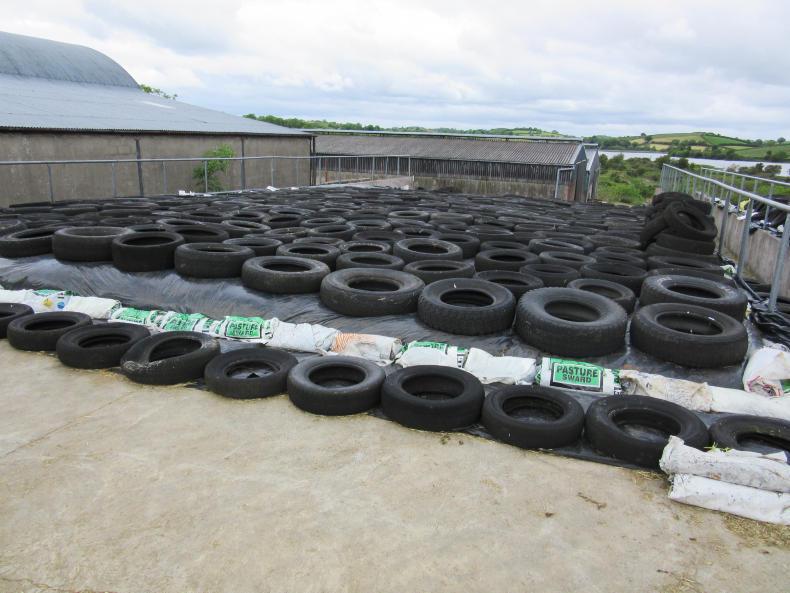This weekend, count your bales or take a rough measurement of your silage pit to see what’s left and how long more you can feed for. While it’s been a good spring by all accounts, and the next week or so looks to be settled, we all know how quick it can turn.
To calculate the tonnage in a silage pit, measure the width (in feet) of the pit face, the height of it and finally the depth (distance from face to back wall). Divide the final figure by 45 to give tonnes of feed available.
Those with bales can use Table 1 to calculate each bale’s equivalent weight as 25% dry matter pit silage. Dry matter depends on the length of the wilting period and the weather at harvest. Bales mowed and cut on the same day in relatively dry conditions will have a dry matter of 25%. A 24-hour wilt will lift this figure to 30%, while a 48-hour wilt in hot sunny weather will produce 40% dry matter bales.
Once we have an idea of the amount of silage in reserve, calculate what exactly is needed on a per-head basis each month. Table 2 outlines the amount of silage required each type of animal will consume in a month.






 This is a subscriber-only article
This is a subscriber-only article










SHARING OPTIONS: